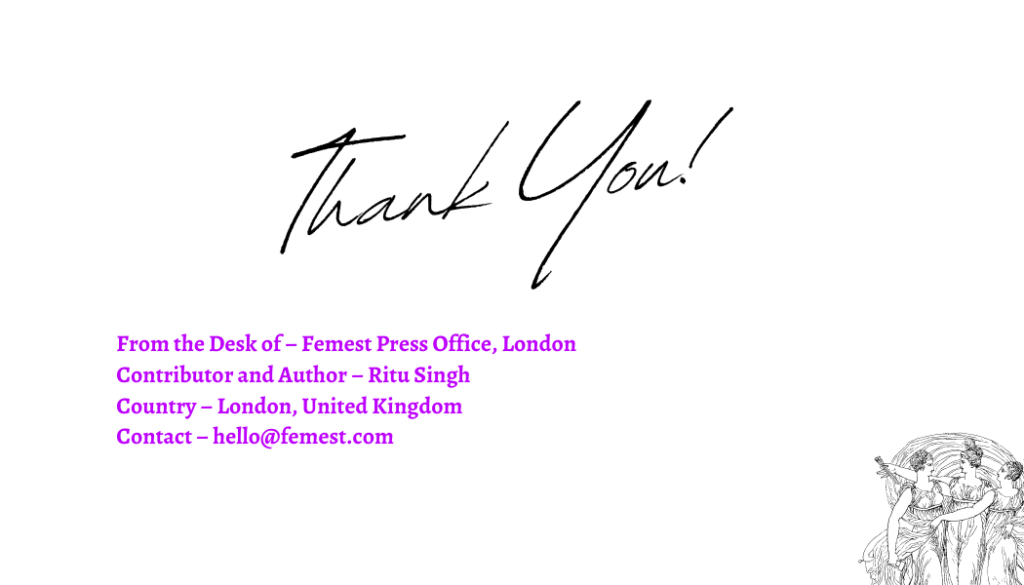Embracing Authenticity: From Burnout to Balance – Émilie’s Journey Towards Slow Living
In her journey from relentless hustle to mindful authenticity, Émilie reflects on how burnout led her to embrace slow living. A path guided by values, boundaries, and authentic self-expression. Through her experiences as a psychotherapist and entrepreneur, she inspires us to reclaim our time, nurture our well-being, and design a life that aligns with our true selves. Émilie’s journey offers a powerful reminder that true success is found not in the speed of life, but in the depth of living it.
Can you share more about your journey from subscribing to hustle culture to embracing slow living?
For most of my adult life, I believed that to be accomplished and valuable, you had to work hard—even if it meant sacrificing your well-being. I wore my exhaustion like a badge of honor as if it proved I was doing enough. I was always chasing the future: telling myself life would get better when I made more money, got my dream job, or achieved the next big goal.
But I never paused to appreciate the present or recognize what I had already achieved. And I was exhausted—spiritually, mentally, and physically. Living in the rat race and on the edge of burnout will do that to you. In November 2021, I hit my breaking point and burned out completely. Hustling had finally caught up with me.
During the six months I took off work, I started rethinking everything. I realized I wasn’t living the life I wanted. Slowly, I began to embrace slow living. I focused on my values and decluttered my physical space to make more room for connection. I also started setting boundaries. When I returned to work, I tried to hold on to these changes, but I quickly realized I couldn’t do it under the thumb of an organization.
So, I made the decision to leave and start my own business, giving myself the freedom to live and work in a way that aligns with my values.
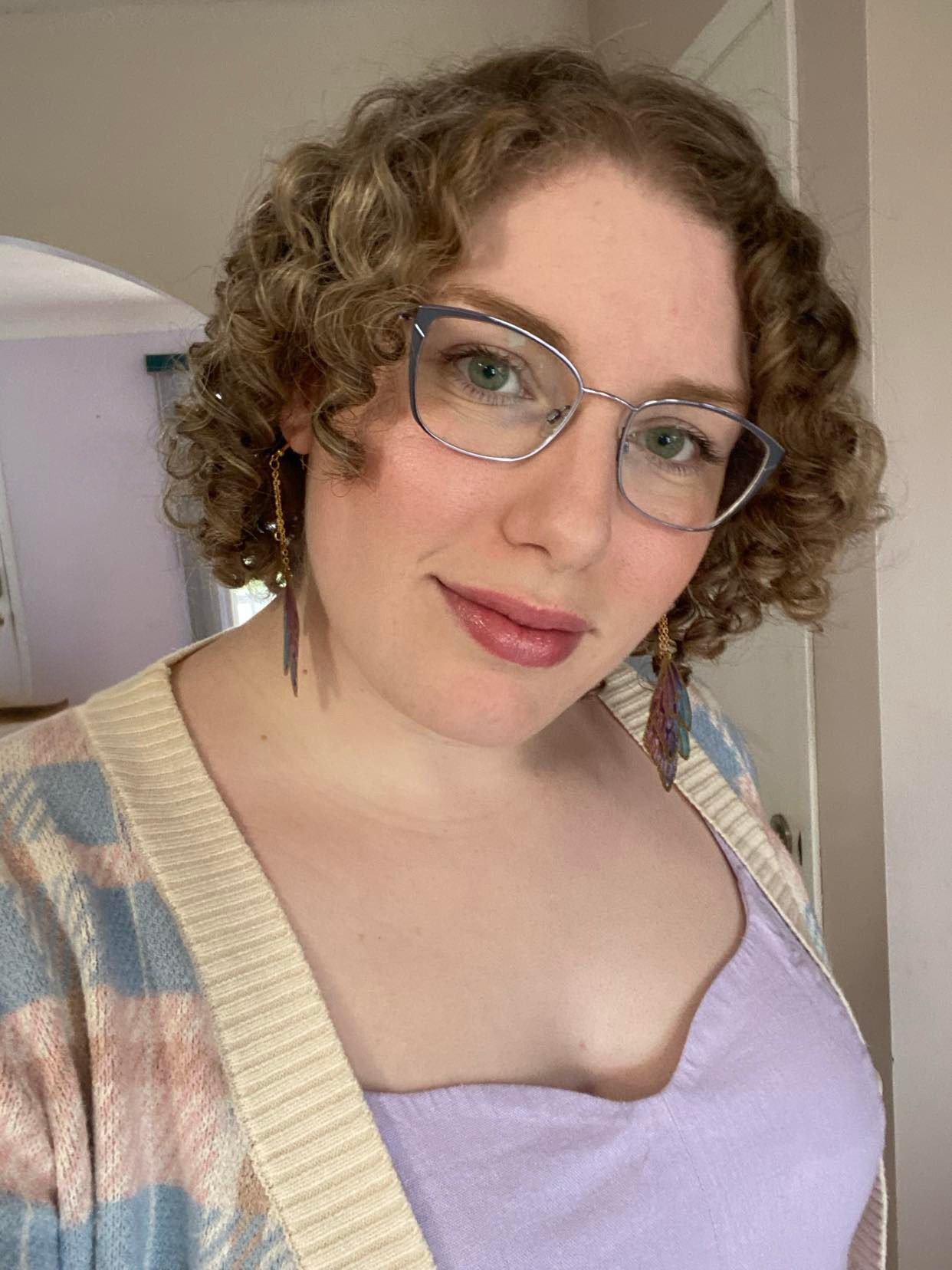
What inspired you to create Authentic Living with Émilie, and how does it reflect your values?
I’ve always been an outspoken person, even from a young age, constantly questioning things and standing up for what I believed in. In my 20s, this drive to speak up became stronger, especially within the organizations I worked for.
Through conversations in meetings and one-on-ones, I realized how powerful words can be. Sharing controversial views could make a positive impact on people who needed to hear them. This led me to start posting on YouTube—it was a creative outlet I’d always been curious about, and I had the space to explore it while starting my business.
Right away, I started receiving messages from people telling me how much my videos had helped them and provided comfort and change in their lives. That’s when I realized my words were resonating with others, and I decided to take YouTube more seriously to continue sharing my message and helping more people.
As my business grew, I expanded into mentorship, so I could support people on their journeys even more directly. I’ve found my own way to slow down and live authentically, and I wanted to share that with others who face the same challenges.
Creating a community of like-minded people to support each other felt so aligned with my values. I deeply value connection, and fighting for those facing injustice is a core part of who I am. Authentic Living with Émilie is my way of bringing those values to life through mentorship and community.
As a Registered Psychotherapist, how do you support your clients in managing stress and personal challenges?
As a psychotherapist, I believe positive change happens when there’s a solid, supportive relationship between the therapist and client. My aim is to create a comfortable space where both tears and laughter are welcome. I’ve found that when we’re vulnerable and real, healing begins.
Many of my clients’ stress and challenges stem from past experiences and internalized messages. Often, they’re unaware of their inner world and have disconnected from their emotions as a coping strategy. In therapy, we focus on bringing these things into awareness—this is the first step. Once identified, we can process, feel, and make sense of them, allowing for growth.
We also work on shifting perspectives, approaching challenges in new ways, and building self-care practices. My goal is to help clients navigate difficult times by reflecting on and processing their experiences, enabling them to handle stress better and approach future challenges with resilience.
We dive into issues like self-worth, self-esteem, and communication—key elements in building the emotional strength needed to manage stress and life’s ups and downs.
Can you describe some of the key self-reflection exercises you incorporate into your slow living philosophy?
Because life moves so quickly, it’s easy to get off track. That’s why I make it a habit to reflect regularly on key things—which I also teach my mentorship clients.
One of the first areas I reflect on is my values. How have they changed? Am I still living in alignment with them? I take time to think about the life I want to live in the present moment: what it looks like, how it feels, and who’s a part of it. Then I reflect on whether I’m truly aligned with that vision right now. I’ll take stock of where I’m spending my time and energy and whether it matches my priorities.
From there, I focus on what’s truly essential and ignore the rest. I ensure that I set clear boundaries to protect the time and energy I’ve carved out for the things that matter most.
Another key piece is self-care. I make sure I’m taking care of myself physically, mentally, and spiritually. Without that foundation, I can’t show up for anyone or anything else. I also make time for family and friends, ensuring that I’m nurturing my relationships. This regular self-reflection keeps me grounded. For bigger decisions, I take what I call a “think day” every three months.
A think day is a full day with no distractions, where I reflect on everything I’ve mentioned, but also tackle other important things, like business decisions. It’s my time to step back, slow down, and reflect before moving forward.
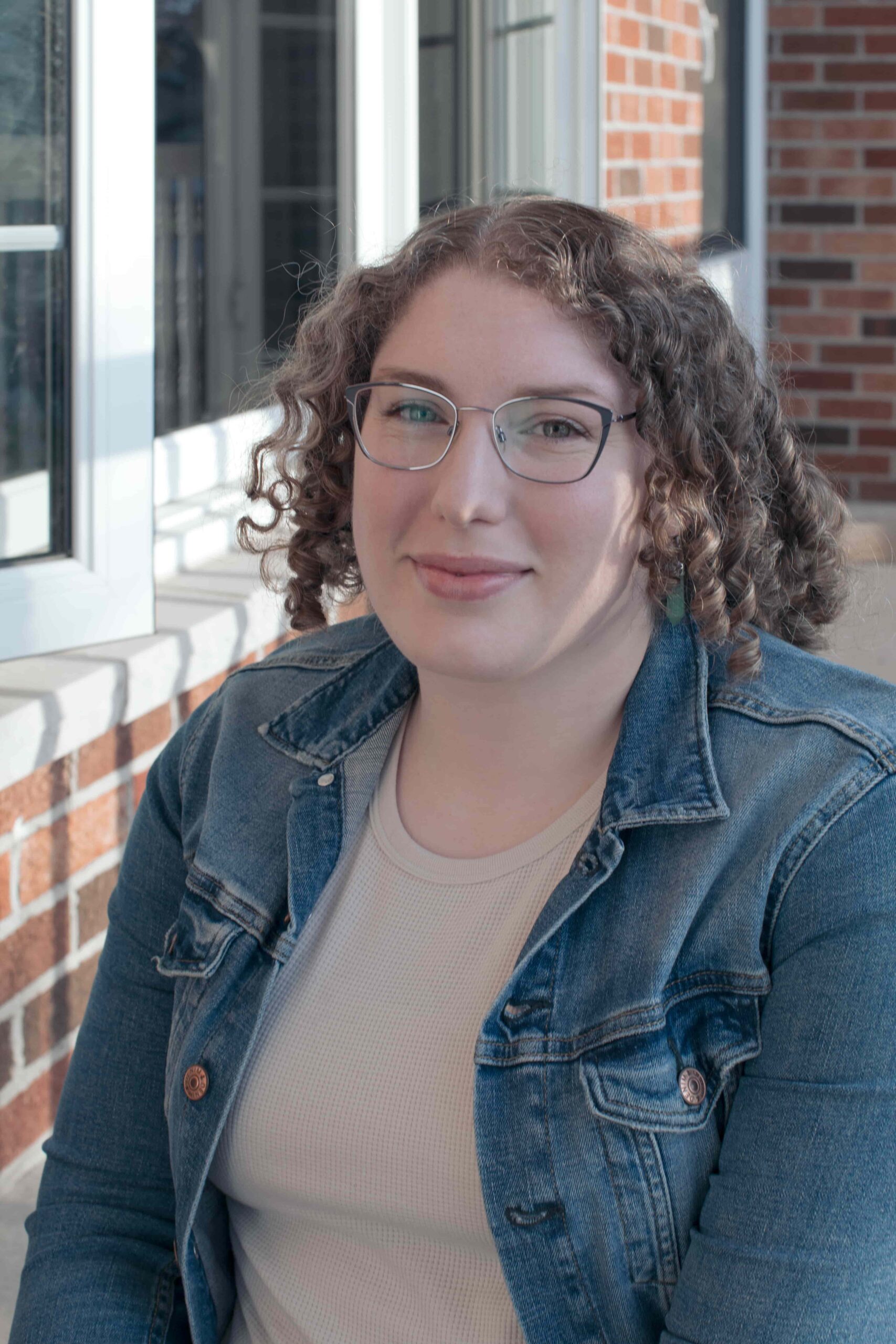
What are some common challenges your clients face, and how do they relate to societal pressures and expectations?
My therapy and mentorship clients are often high achievers who give everything to their work. They tend to feel exhausted, yet unfulfilled, constantly overworking and prioritizing their careers over everything else.
They’re living according to societal expectations—pressured to meet certain standards of success without taking the time to ask themselves how they want to live. This leads to feelings of shame or guilt when they can’t measure up to these external ideals.
Many of my clients are highly sensitive, and they don’t align with the structure of modern work or the hustle culture society promotes. But because this way of life is so widely accepted, they often believe something is wrong with them when they feel disconnected or overwhelmed.
They find themselves comparing their lives to others, unaware that many people are going through similar struggles. They don’t want their lives to revolve around work, but they don’t see an alternative, especially in today’s overconnected world.
They end up living by other people’s values, losing touch with what matters most to them. As everything begins to feel like a priority, they struggle to set boundaries, which aren’t always supported by society. Ultimately, they’re running on autopilot, feeling stuck and unsure of how to break free.
How has your experience with burnout shaped your approach to therapy and mentoring?
My experience with burnout taught me that my greatest asset in life is my well-being. If I don’t take care of myself, I’m unable to truly care for or support others. That realization has led me to set clear boundaries around my working hours and the type of clients I work with.
When I was in my 20s, I would’ve felt guilt for putting myself first. But now, in my 30s, I recognize that taking care of myself is the foundation of everything I do—both in my work and in my connection with clients. It’s not just something I value, it’s also my ethical responsibility. Taking care of myself ensures I can show up fully for my clients, and they deserve that just as much as I do.
I’ve found that by prioritizing my health and modeling these self-care behaviors, my clients are more likely to embrace them in their own lives. So now, I set my boundaries, listen to my energy, and put my health first. And for the first time, I can honestly say that I truly love the work I do.
What does a typical day look like for you in terms of balancing work and personal life?
As a highly sensitive person, I prioritize managing my energy. My day starts at 7:30 a.m. when my daughter wakes up. By 9 a.m., I head to the gym three times a week. I begin seeing clients—typically two per day—starting at 10 a.m., and my workday ends by 4:30 p.m.
During work, I focus on clients and creative tasks like scripting YouTube videos, creating Instagram content, or preparing mentorship documents. I take breaks to recharge, whether by listening to an audiobook or cuddling with my dog.
After 4:30, I spend quality time with my daughter, playing and connecting. In the evening, once she’s in bed, I either rest, spend time with my husband, or catch up with a friend.
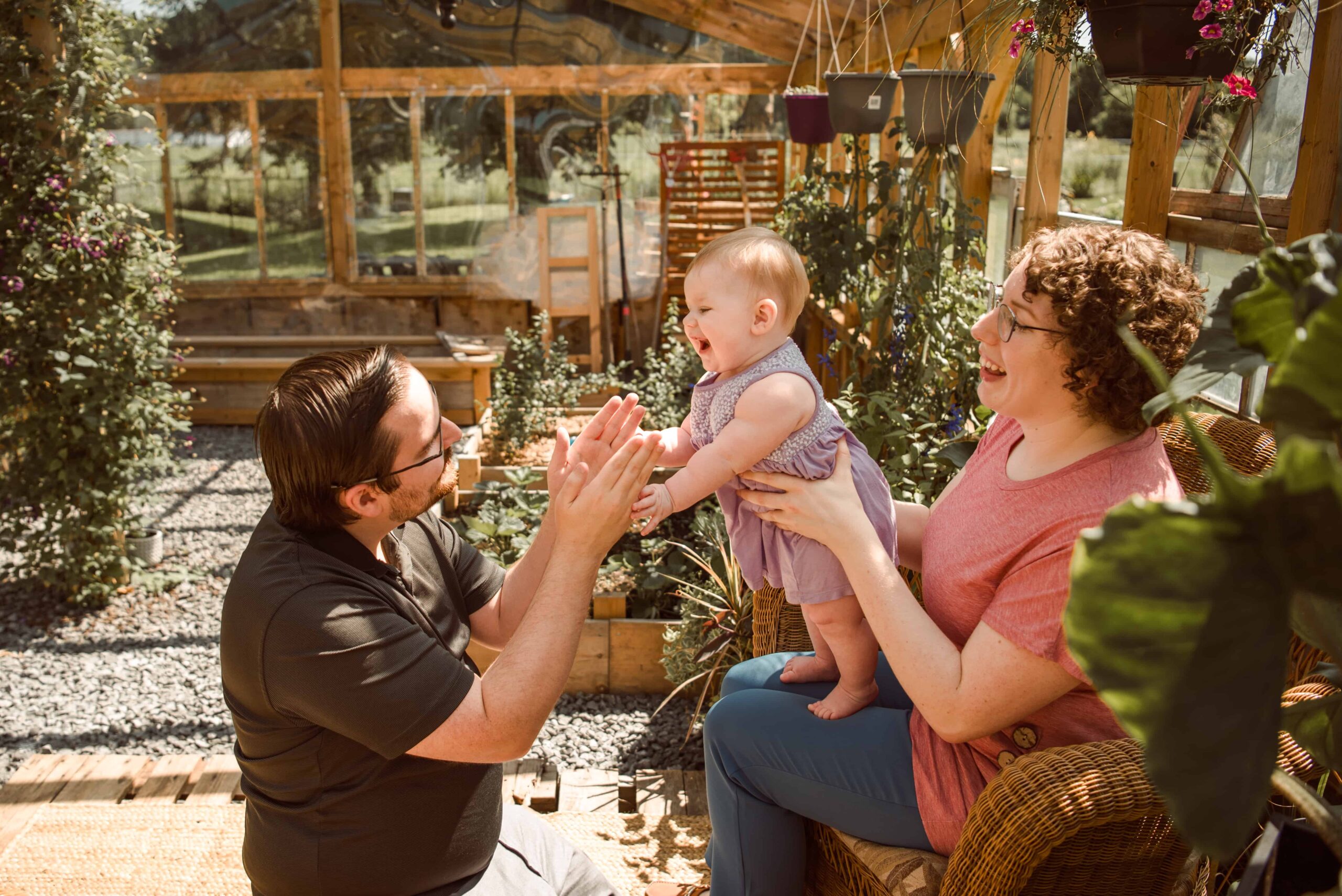
Your YouTube channel has gained significant attention—what topics do you focus on, and what impact are you hoping to create?
On my YouTube channel, my goal is for viewers to feel seen and heard. I focus on questioning societal norms and shedding light on alternative ways of living, emphasizing that change is not only possible but also within reach. A big part of my content challenges the status quo and hustle culture, sparking reflection and conversation.
I aim to create educational, yet hopeful content for those who are ready to make changes in their lives—especially by embracing slow, authentic living. My ultimate goal is to inspire others to embrace their true selves and take steps toward a more fulfilling life.
I believe that to change the world, you first need to change someone’s day. I create videos I wish I had when I was younger, healing my past self in the process, because I know many of my viewers and clients are navigating the same struggles.
Can you share more about your mentorship programs and how they differ from traditional therapy?
My mentorship program is different from traditional therapy in several ways. Therapy is more healing-based, allowing clients to dive deep into their past, explore their stories, and work through personal challenges. It’s a more fluid, organic space where we go with the flow, and my role is to walk alongside them as they heal and grow at their own pace.
On the other hand, my mentorship program is more structured. It’s designed around a framework that I’ve personally used to build the authentic life I’m living now. The program takes clients through different phases, helping them explore their inner world and move towards creating a life aligned with their values.
We work through exercises that encourage self-reflection and action, and the goal is to help each person identify what an authentic life looks like for them and then take tangible steps to make that life a reality.
While both therapy and mentorship aim for growth, mentorship is more about taking action, setting goals, and making intentional changes. It’s growth-oriented work, and I think you need a solid foundation of healing before you’re ready for this level of transformation. It’s the work I did myself after my own therapy, and now I’m excited to help others do the same.
How do you help individuals design a life that aligns with their values without sacrificing mental health or time?
I help my clients reclaim their time, reduce stress, and find greater fulfillment by aligning their lives with their values. When they focus on what truly matters—whether it’s family, personal growth, or pursuing passions—they nurture their mental health and well-being.
Together, we identify their core values and explore how to make intentional choices that create a clear path toward the life they want. This isn’t about saying no to everything—it’s about saying yes to what genuinely aligns with who they are.
By living in a way that reflects their core beliefs, they feel empowered to show up fully in life, rather than just meeting societal expectations or chasing external success. Through this process, my clients experience a renewed sense of balance and purpose, feeling less overwhelmed and more present in their lives.
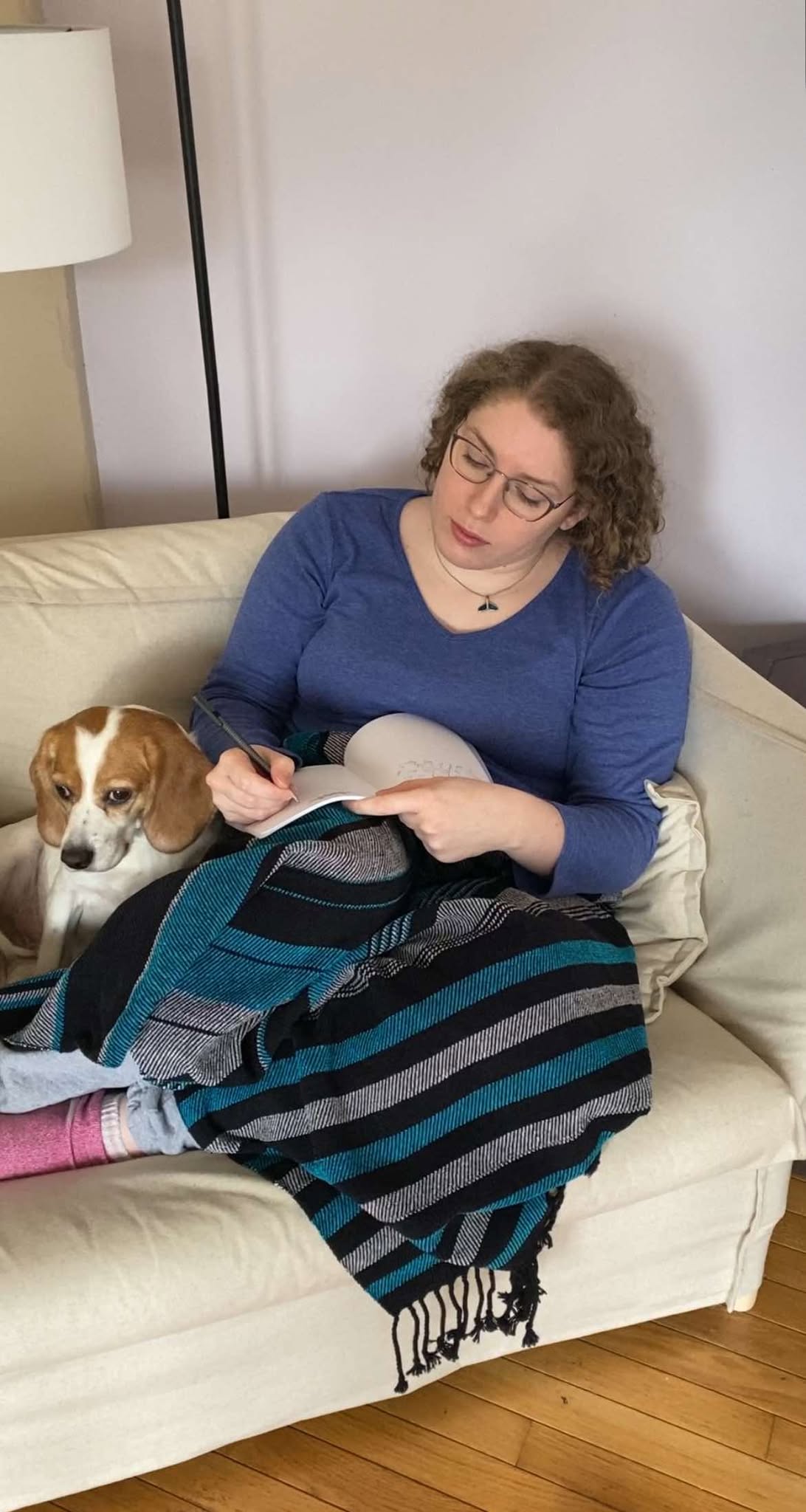
What advice would you give to those feeling overwhelmed by societal expectations and striving for overachievement?
If you’re feeling overwhelmed by societal expectations and the pressure to overachieve, my advice is simple: slow down. We’re often moving so quickly that we lose sight of what’s truly important. It’s okay to pause. I know it can feel scary, but stepping back is sometimes exactly what we need.
Take yourself off autopilot and ask: Will this truly make me happy? What am I missing out on by chasing this? Am I prioritizing what truly matters in my life?
You are not stuck. Many of my clients feel like change is impossible, but living by others’ expectations will keep you trapped. Life wasn’t always this fast-paced. We’ve made work central and forgotten who we truly are. You’re not a cog in a machine—your value is inherent, not tied to how much or how hard you work.
Take a moment to recognize what you’ve already accomplished. Instead of rushing to the next goal, celebrate your progress. Slow down, reset, and look around. You’re valuable beyond your achievements.
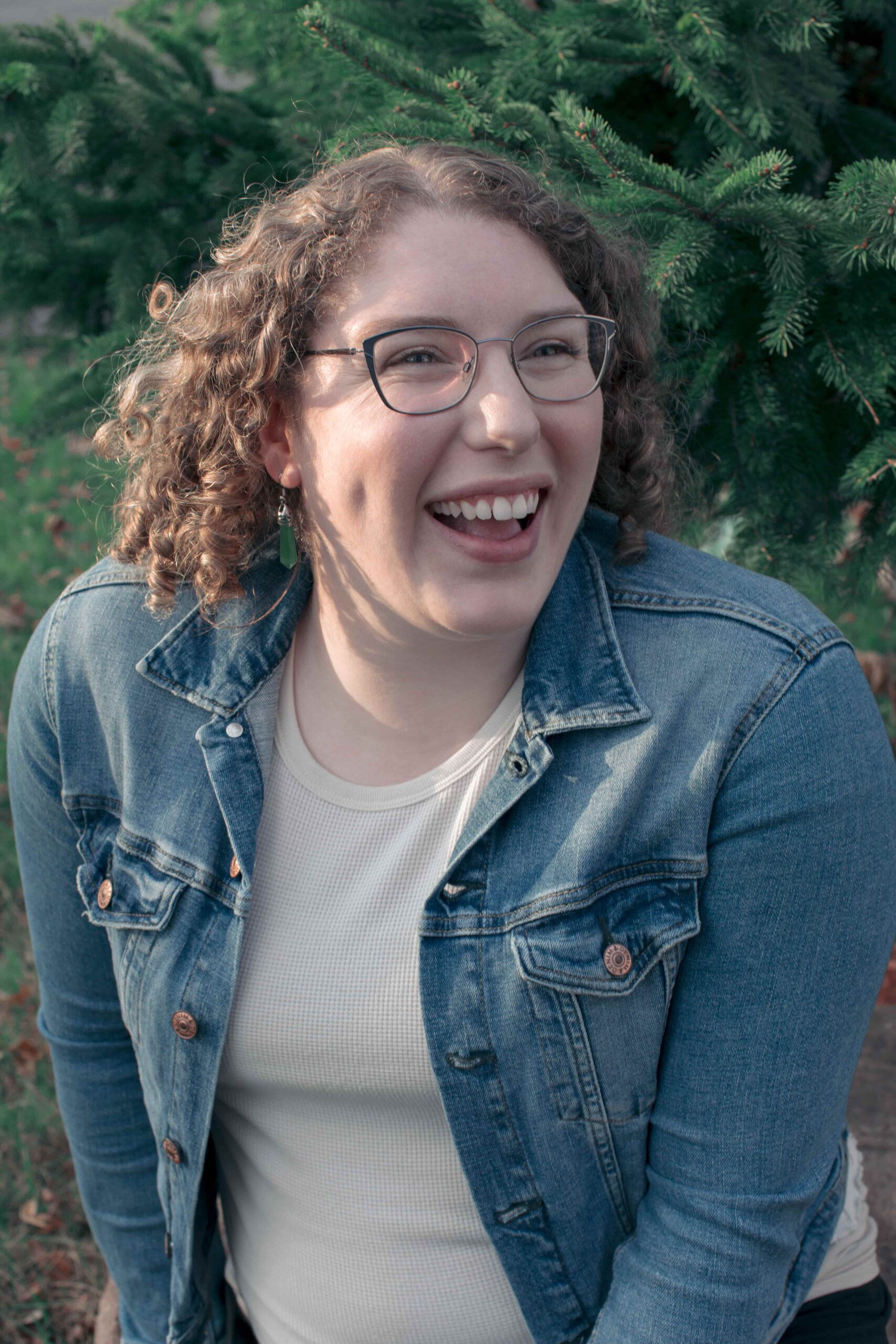
How do you integrate slow living principles into your work as a therapist and entrepreneur?
Slow living principles have become central to my work as a therapist. Over time, I’ve shifted my approach to focus on the whole person, not just the symptoms. Instead of rushing to fix problems, I take time to understand the root causes of stress and burnout. Together, we explore what truly matters and how to create a more balanced, fulfilling life. This approach helps clients feel more grounded and less overwhelmed by their own expectations.
As an entrepreneur, it’s the same thing. When I first considered entrepreneurship, I heard it was a 24/7 job, and I didn’t want to take that on. Both of my parents are entrepreneurs, and their experience made it seem difficult, with long hours and constant hustle. But then I realized I was already working crazy hours for someone else. So, if I was going to be an entrepreneur, I had to set my own rules. That meant strict boundaries.
Could I have more clients? Could I grow my YouTube channel faster by producing more content or working longer hours? Sure, but I wouldn’t be happy. I wouldn’t be well. And what’s the point of living this life if I can’t enjoy it?
I became a therapist and entrepreneur to help the world, but the world starts with me. I can’t help anyone if I don’t take care of myself first. So, slow living is at the core of everything I do—it’s the lifeblood of my practice, my vision, and my principles. It sets the tone for how I work.
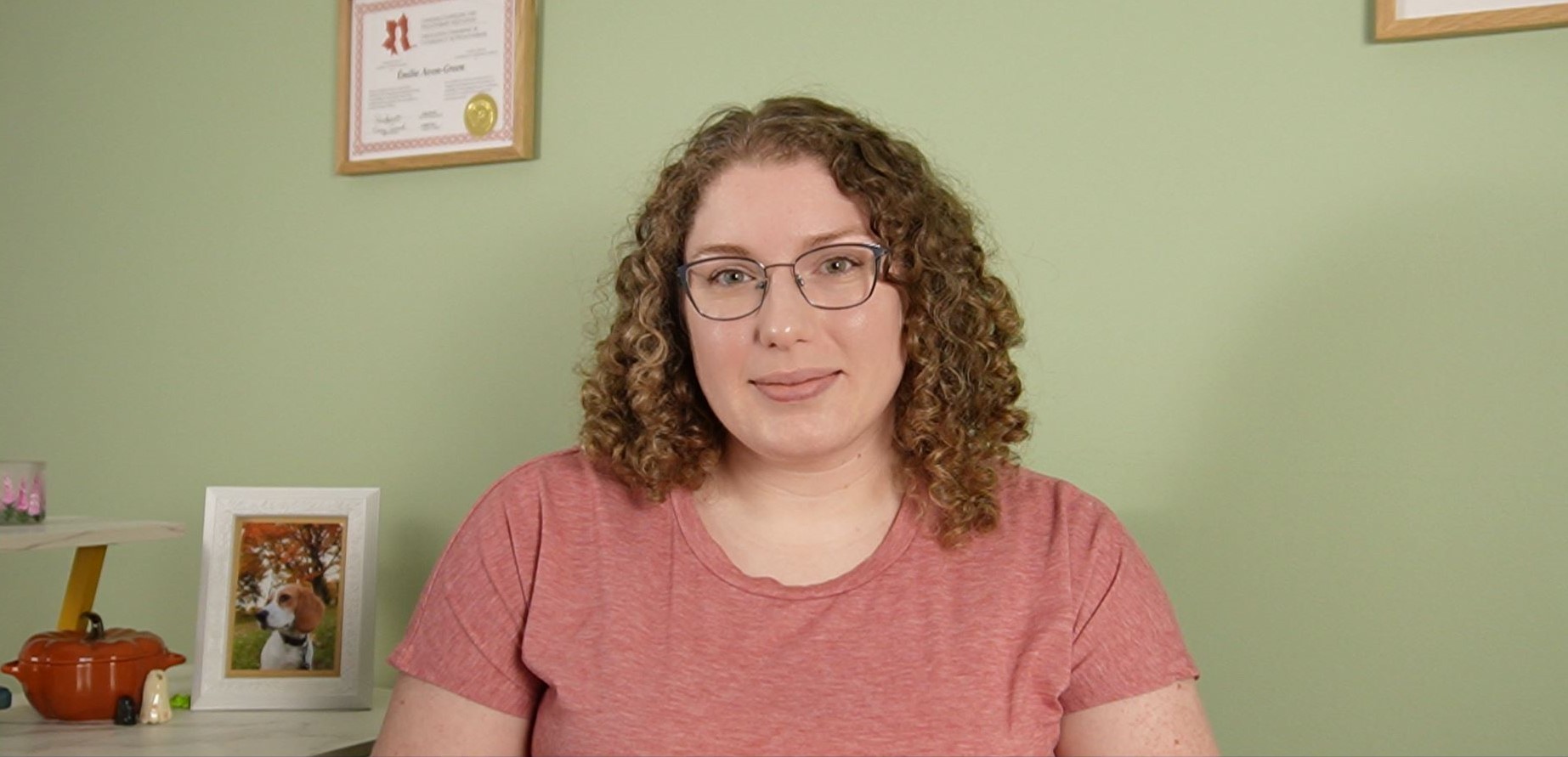
What were the key moments that led to your decision to fully dedicate yourself to your private practice?
For many years, I worked in demanding non-profit roles, including Victim Services and Children’s Aid, always on the edge of burnout. By November 2021, the accumulated stress finally took its toll, and I took a six-month burnout leave. During this time, I embraced healing and began to explore slow living. After returning to work, I went on maternity leave, where I experienced postpartum depression and anxiety, which only deepened my desire for change.
When I returned to work, I made a vow to prioritize self-care for the sake of my family—but the pressures of the job made that impossible. Then, on February 1, 2024, while wrapping up paperwork late in the office, I had a defining moment: missing another evening with my family became the turning point.
Though I had already launched my private practice, I had hesitated to leave my job due to financial fears. But that moment made it clear—I needed to align my life with my values and give my daughter a better life than the one I had been living.
I wrote my resignation letter on the spot, and my last day was March 1, 2024. Since then, I’ve been fully committed to my private practice.
In May 2024, I followed my passion for creativity and questioning the status quo by starting a YouTube channel to inspire others. This has since grown into a mentorship business, with more programs launching this year.
Looking ahead, what are your goals for Authentic Living with Émilie and the future of your mentorship programs?
Looking ahead, my goal for Authentic Living with Émilie is to continue creating meaningful content on YouTube and Instagram. I want to produce deeper, more thought-provoking content that truly resonates with others. Ideally, I would like to collaborate with others to make this vision more feasible. I also aim to partner with like-minded creators and thought leaders to extend my reach and create more impactful change.
In 2025, I have new programs launching that will focus on building community. I believe community is key to creating a movement and supporting each other in living authentically. Living against societal expectations can often feel isolating, but being part of a supportive community can be empowering.
While I will continue offering 1:1 mentorship, I’m excited to also introduce group mentorship programs in the coming months to provide even more ways for people to connect and grow together.
